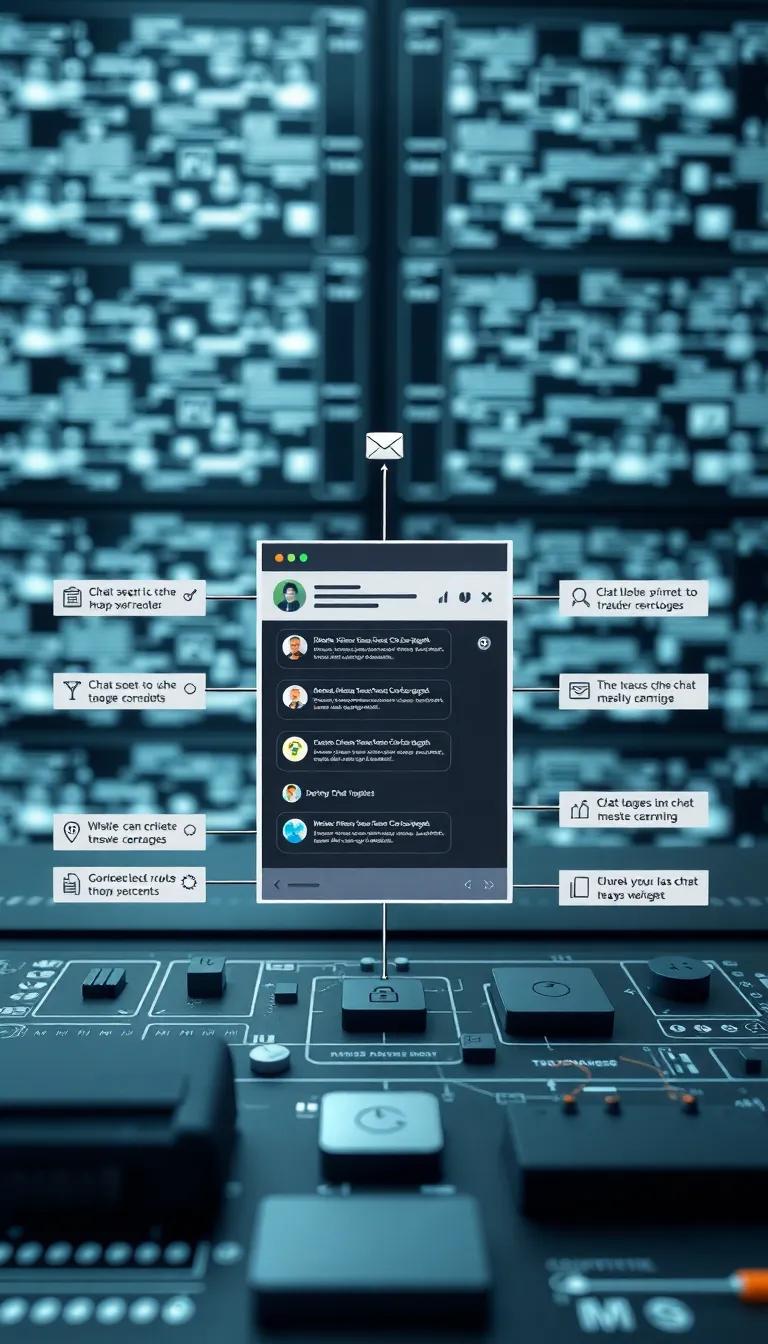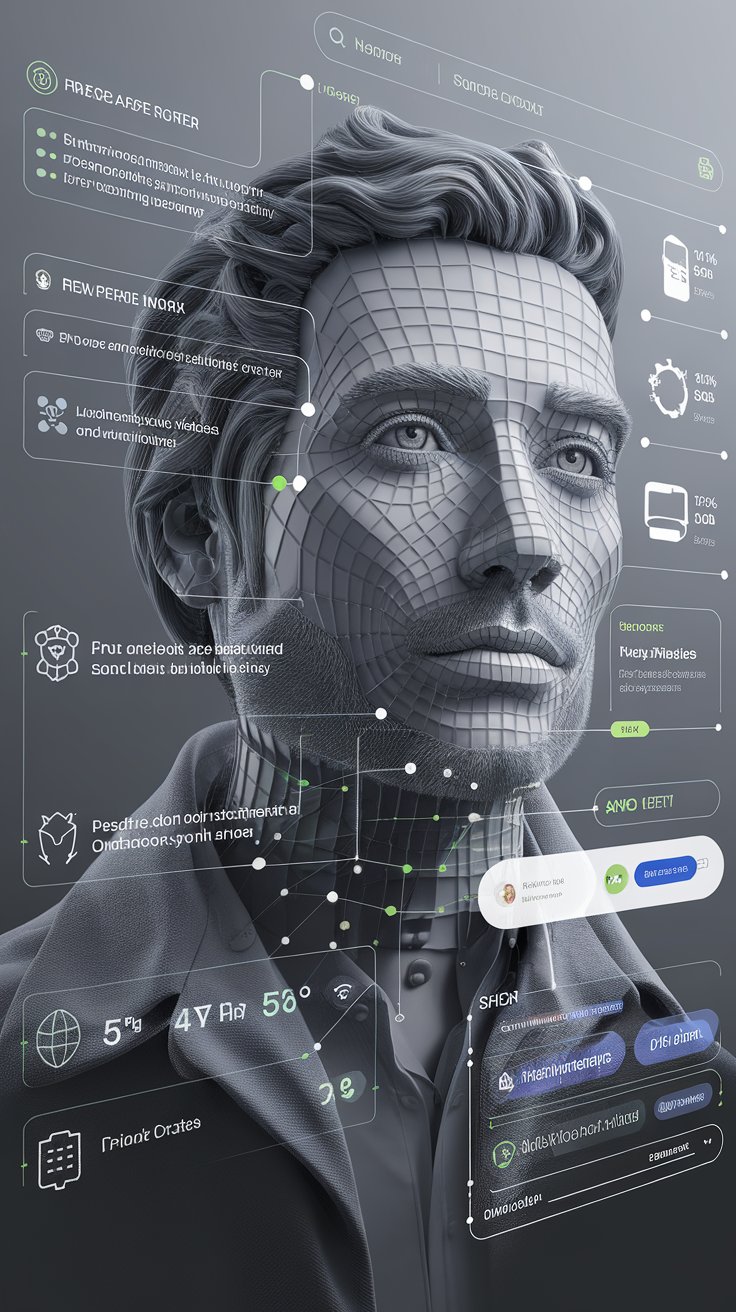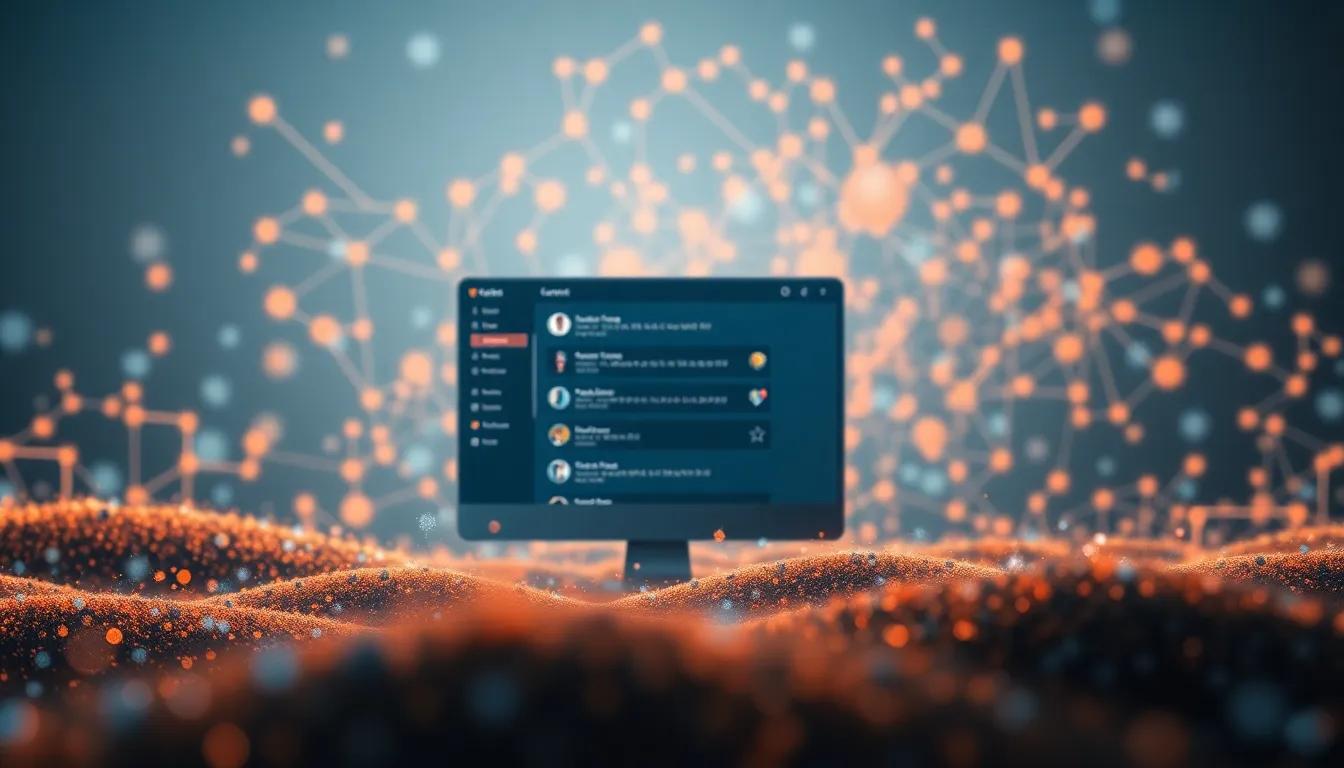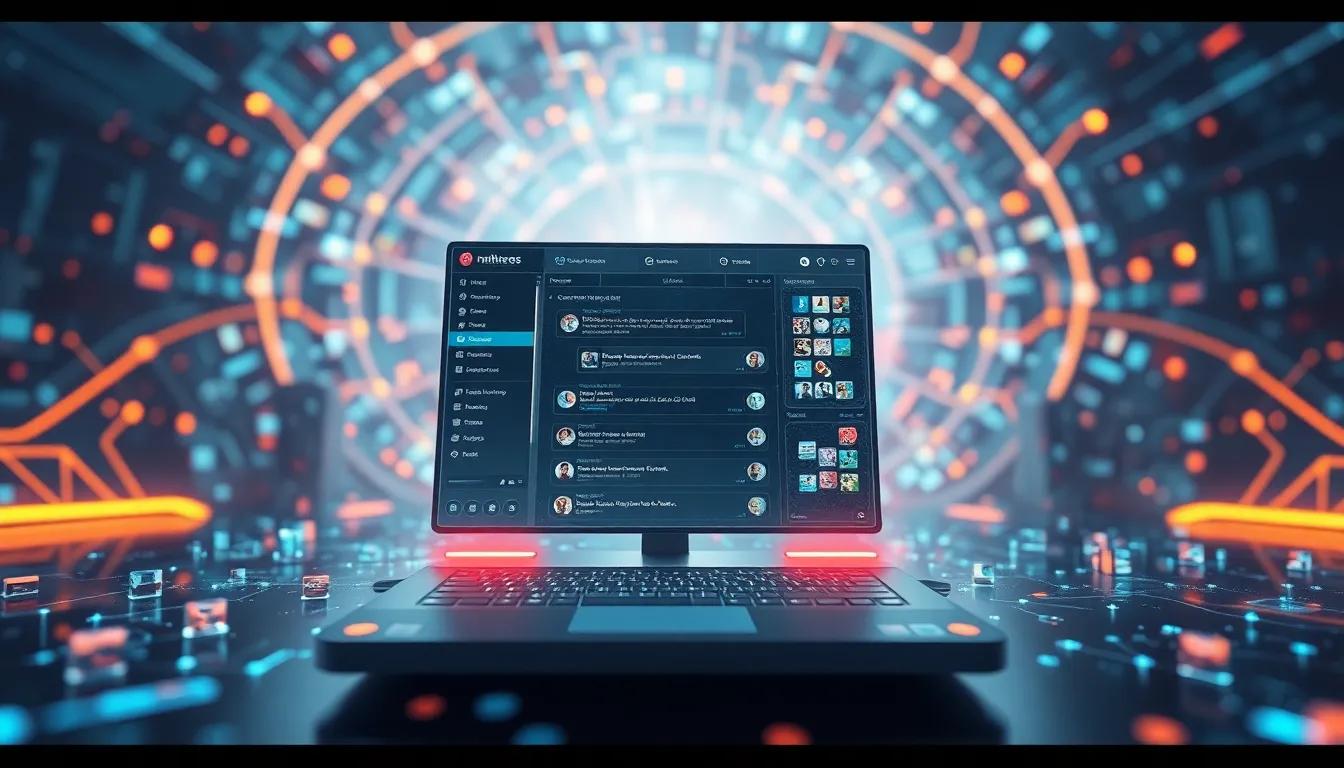Introduction
In today’s digital age, where interaction defines user experience, the role of chat widgets on websites has gained paramount importance. This article delves into the concept of trend analysis in relation to the advancement of free website chat widgets, particularly in understanding user behavior, preferences, and emerging communication trends. By employing various analytical techniques, businesses can gather invaluable insights that will guide the design and efficiency of these chat interfaces, thereby improving user engagement and satisfaction.
As chat widgets continue to evolve with advancements in artificial intelligence and natural language processing, incorporating data-driven methodologies becomes crucial. This article will explore how effective trend analysis can help organizations pinpoint critical user interaction patterns, predict future needs, and refine chatbot functionalities. Through systematic understanding of how trends in chat widget usage develop, businesses can innovate and maintain competitiveness, ensuring that their online presence remains both relevant and engaging.
Understanding Trend Analysis Enhancing User Interaction through Data Insights
Defining Trend Analysis in Digital Environments
Trend analysis is a process utilized to identify patterns or movements within data over a specific period. This methodology is essential in data-driven decision-making as it helps organizations understand shifts in user behavior, preferences, and interactions with digital platforms. In the context of websites and specifically chat widgets, trend analysis becomes invaluable. It enables businesses to tailor user experiences, improve engagement, and optimize service delivery based on observed user interactions.
The importance of trend analysis lies in its ability to provide actionable insights. Understanding trends allows businesses to forecast future behaviors, ensuring they remain competitive and relevant in an ever-changing digital landscape. For website chat widgets, this analysis helps determine which features are most utilized, the timing of user interactions, and common user inquiries. Armed with this information, website administrators can refine their chat features to align with user expectations and improve overall satisfaction.
Methodologies and Techniques in Trend Analysis
Several methodologies are employed in trend analysis, with time series analysis and pattern recognition being among the most effective. Time series analysis involves examining data points collected or recorded at specific time intervals, allowing businesses to visualize trends over time. This approach helps identify significant fluctuations or consistent patterns in user engagement with chat widgets.
Pattern recognition, on the other hand, focuses on detecting specific behaviors or trends within the data. By analyzing the frequency of particular inquiries or user interactions, businesses can construct a profile of typical user behavior and preferences. Techniques such as clustering and classification are often used in pattern recognition to group similar interactions and identify emerging trends that can influence the design and functionality of chat widgets.
In real-time applications, these methodologies can signal immediate shifts in user demand or expectations, enabling businesses to adapt their strategies quickly. For instance, if trend analysis reveals a surge in requests for support during specific hours, organizations can adjust staffing levels or optimize automated responses during peak times, thereby enhancing user interaction and satisfaction.
The integration of trend analysis within the operational framework of website chat widgets serves as a powerful tool for continuously enhancing user experiences while driving data-informed strategies.
Anatomy of Website Chat Widgets Components and Functionalities for Trend Analysis
From Basic Interfaces to Advanced Conversational Agents
Website chat widgets have undergone significant transformation in functionality and complexity, evolving from simple question-and-answer interfaces to sophisticated conversational agents harnessing artificial intelligence. Understanding this evolution is crucial for conducting effective trend analysis, as it enables organizations to gauge user expectations and optimize chat interactions.
At their core, chat widgets consist of several fundamental components. The user interface includes elements such as text boxes for input, buttons for submission, and visual components like emojis or quick reply buttons. The backend consists of a robust framework that enables seamless communication between users and the chat widget, integrating support systems, databases, and AI algorithms that facilitate real-time responses.
Early iterations of chat widgets focused primarily on transactional tasks, where users could ask specific questions and receive pre-defined answers. These basic applications were limited in their ability to engage users interactively and lacked personal touches, often leading to user frustration. As technology progressed, machine learning and natural language processing (NLP) emerged, paving the way for next-generation chatbots. These systems can now interpret user queries more effectively, taking into account context and sentiment.
Today’s chat widgets are designed to mimic human conversation more closely, employing a combination of pattern recognition and AI-driven insights to provide relevant responses and suggestions. One prominent feature is the incorporation of adaptive learning, where the chatbot refines its responses based on user interactions. This adaptability not only improves user satisfaction but also enhances data collection for trend analysis, as businesses can monitor user preferences and behavioral changes.
Another component that illustrates the advancement of chat widgets is the integration of real-time analytics. Organizations can track metrics such as response time, user engagement rates, and common queries. These insights inform future iterations of chat functionalities, allowing businesses to stay proactive in meeting user demands. Furthermore, advanced chat widgets often incorporate multi-modal interactions, enabling users to choose between text, voice, or even video communication, thereby broadening the spectrum of user interaction.
The shift towards more personalized and intuitive chat interfaces aligns with the growing expectations of users for meaningful engagement. As trend analysis continues to play a vital role in shaping these interactions, understanding the components and functionalities of chat widgets is essential for driving innovation in user experience.
User Interaction Data Collection The Heart of Chat Widget Advancement
Data Gathering Through Chat Widgets
User interaction data collection is a fundamental aspect of advancing chat widgets on websites. This process typically begins when users engage with the chat interface, initiating an interaction that may involve asking questions, seeking assistance, or providing feedback. The chat widget records various data points during these exchanges, including user queries, response times, resolution rates, and even the emotional tone of the interactions.
Chat widgets have increasingly integrated analytics capabilities that facilitate real-time data gathering. Metrics such as the frequency of interaction, types of inquiries made, and user satisfaction ratings can be compiled automatically. By leveraging these insights, businesses can better understand user behavior and preferences, enhancing the performance of their chat widgets over time.
Ethical Considerations and User Consent
While collecting user interaction data, it is imperative to navigate the ethical landscape thoughtfully. One of the primary issues to consider is user consent. Organizations must ensure that users are aware of the data being collected and the purposes for which it is being used. This process often involves implementing transparent privacy policies that clearly outline data handling practices and compliance with regulations such as GDPR or CCPA.
Ethically responsible data collection also necessitates allowing users to opt-in or opt-out of data gathering functionalities. By providing users with control over their data, businesses can cultivate trust and enhance the overall user experience. Moreover, anonymizing data can help mitigate privacy concerns, ensuring that individual user identities remain protected while still allowing for valuable insights to be gleaned.
Effective data collection practices not only focus on compliance with ethical standards but also aim to enrich customer experiences. By engaging users in dialogue and providing immediate value during interactions, chat widgets can foster deeper connections. This emphasis on ethical interaction can significantly impact user loyalty and satisfaction, leading to better long-term outcomes.
The collection of user interaction data through chat widgets is a nuanced process that balances between gathering insights and respecting user privacy. By prioritizing ethical considerations and obtaining user consent, organizations are better positioned to enhance their chat widgets, ultimately leading to improved user engagement and satisfaction.
Performing Trend Analysis on Interaction Data Steps and Techniques for Free Website Chat Widget Advancement
Trend analysis serves as a powerful tool for understanding user interactions with chat widgets. By systematically examining the data collected from these interactions, businesses can draw insightful conclusions that inform enhancements and future developments. The process can be broken down into several key steps, each supported by innovative tools and techniques designed to yield effective outcomes.
Steps to Perform Trend Analysis
The initial step in trend analysis involves data aggregation. This process requires gathering all relevant interaction data over a defined period. Key metrics include user engagement time, frequency of interactions, and resolution rates. It is essential to ensure the data collected is both comprehensive and representative of the various user demographics.
Once the data is aggregated, the next step is data cleansing. This involves removing any inconsistencies or irrelevant information that could skew the analysis. Utilizing tools such as Python with libraries like Pandas, or spreadsheet software like Microsoft Excel can significantly aid in this cleansing process.
Following data cleansing, analysis is conducted through statistical methods or visualization techniques. Time series analysis is particularly effective, allowing businesses to observe patterns and identify spikes or drops in user interaction. Tools such as Tableau or Google Data Studio enable users to create dynamic visualizations that enhance understandability and draw attention to important trends.
The application of machine learning models can further enhance trend analysis, especially when predicting future behaviors. Techniques such as clustering can group users based on their interaction patterns, while predictive modeling can forecast future interaction trends. Implementing data analytics platforms like Google Analytics or Mixpanel can automate these processes and provide real-time insights.
Tools and Techniques
Among the most useful tools for trend analysis, Business Intelligence (BI) platforms stand out for their robust capabilities in handling large sets of data and generating interactive dashboards. These platforms allow teams to track metrics in real time, facilitating quick adjustments to chat widget features based on emerging trends.
Employing automated scripts for periodic data extraction can maintain an up-to-date dataset for ongoing analysis. These scripts can be programmed using languages like R or Python, which offer rich libraries dedicated to statistical analysis. In conjunction with visualization tools, this integrated approach ensures teams can effectively gauge user engagement and optimize the chat widget experience in alignment with trend insights.
Applying Insights to Enhance Chat Widgets Leveraging Trend Analysis for Improvement
Iterative Design Processes Based on User Feedback
Data-driven insights gleaned from trend analysis play a pivotal role in enhancing the functionalities and features of chat widgets. Organizations can utilize these insights to understand user preferences, behavioral patterns, and pain points, thereby crafting a more engaging experience within their chat interfaces. By employing a structured iterative design process, companies ensure that their chat widgets evolve continuously in response to the changing needs of users.
The iterative design process starts with the identification of key performance indicators (KPIs) derived from interaction data. For example, metrics such as average response time, user retention rates, and conversation completion rates can provide a quantitative basis to guide widget enhancements. Once KPIs are established, engaging with users for feedback becomes paramount. Techniques like surveys, direct user interviews, or A/B testing allow organizations to gather qualitative data that complements the quantitative insights from trend analysis.
The design team can utilize the feedback to formulate actionable changes. For instance, if users express dissatisfaction with the speed of responses, integrating artificial intelligence to facilitate real-time, automatic replies can significantly enhance user satisfaction. Conversely, if data indicates that users frequently abandon chats at a certain point, this insight can trigger a redesign of the interaction flow to make it more intuitive.
If analysis reveals trends in popular communication styles or preferences for chatbot personality types, chat widgets can be adapted to reflect these trends through tone and design. This ensures that users feel a sense of connection and familiarity, which enhances overall engagement.
The iterative cycle continues as further evaluations reveal the impact of these changes. Organizations can monitor the revised KPIs post-implementation to determine whether the desired improvements are manifesting in user interactions. For enhancing chat widgets, the agility to adapt and refine based on real-time data transforms a static tool into a dynamic facilitator of customer interaction.
Through a methodical approach that incorporates user feedback and revolutionizes existing features, businesses can create chat widgets that not only meet current user expectations but anticipate future demands, paving the way for sustained engagement and success.
Future Trends in Chat Widgets Utilizing Trend Analysis for NextGeneration User Engagement
Innovative Directions in Chat Widget Development
The pace of technological advancement continues to shape the development of chat widgets, particularly through the lens of trend analysis. As businesses gather more data about user interactions, they will increasingly identify patterns and preferences that influence design and functionality. One future trend is the integration of artificial intelligence and machine learning algorithms that enhance personalization. By analyzing user behavior data, chat widgets can tailor conversations to individual needs, suggesting solutions based on previous interactions and preferences.
Another promising development involves the deployment of multi-channel communication. Chat widgets are expected to evolve beyond traditional text-based interactions. Integration with video and voice functionalities allows for seamless interaction, catering to users who prefer alternative ways to communicate. Trend analysis will play a critical role in determining which formats are most beneficial for enhancing user engagement, allowing businesses to pivot their strategies in real-time.
A rise in gamification elements within chat widgets is also likely. Data insights can reveal user interests and engagement levels, informing the design of interactive features that encourage participation. This may include quizzes, polls, and rewards for user interactions, contributing not only to better user experiences but also to higher conversion rates for businesses.
The Role of Emerging Technologies
Upcoming technologies are set to further revolutionize chat widgets. Natural Language Processing (NLP) advancements will allow chatbots to understand sentiment and context better, leading to more human-like interactions. This means conversations can flow more naturally, making users feel heard and understood. Trend analysis will help assess the effectiveness of these developments, guiding continuous improvements.
The integration of augmented reality (AR) and virtual reality (VR) capabilities may redefine customer interactions. With AR, users could visualize products in their environment, supported by chat widget functionality that provides instant assistance. Trend analysis can identify user acceptance and demand for such technologies, ensuring that businesses remain at the forefront of innovation.
As these trends continue to emerge, the strategic application of trend analysis will remain pivotal in guiding the growth and evolution of chat widgets. Understanding the impact of these advancements on user experience will enable businesses to create more effective engagement strategies that resonate with their audience
Conclusions
Trend analysis serves as a vital tool in enhancing the effectiveness of free website chat widgets. By understanding user interactions and leveraging data insights, businesses can anticipate user needs and preferences, leading to refined chat functionalities that foster an engaging environment. The ability to track and analyze patterns over time not only helps in immediate user satisfaction but also positions organizations for long-term success in the ever-evolving digital landscape.
The integration of advanced technologies in chat widgets, powered by robust trend analysis, heralds a new frontier in customer service and interaction. As companies continue to innovate their chatbot capabilities, the sustained application of trend analysis will ensure that these widgets remain responsive, personalized, and aligned with user expectations, ultimately driving better engagement and loyalty.



















